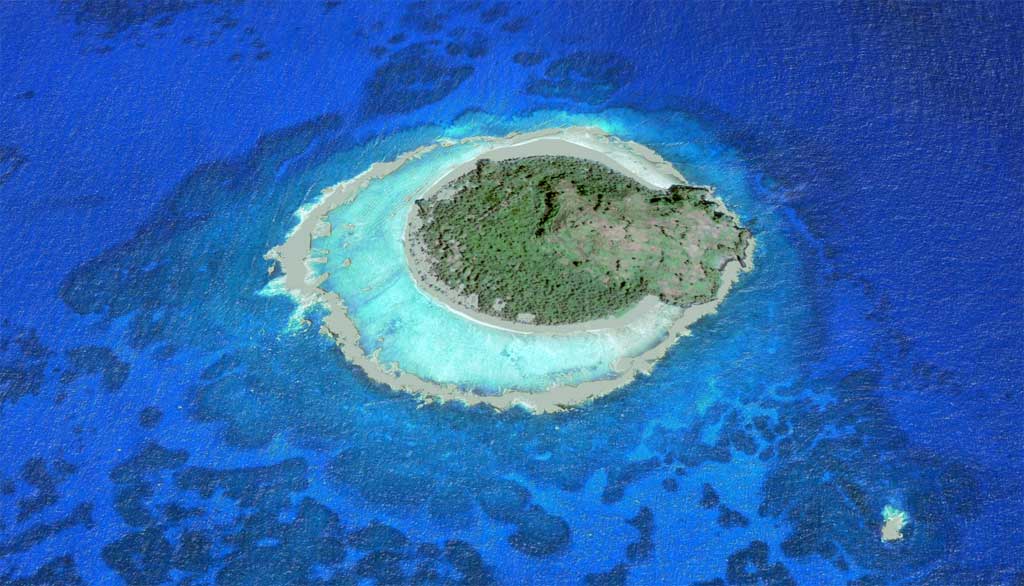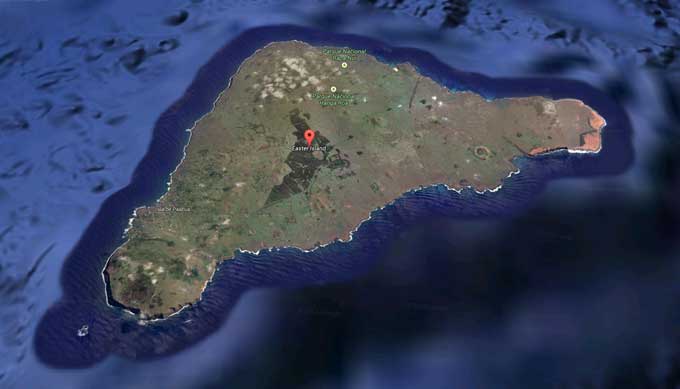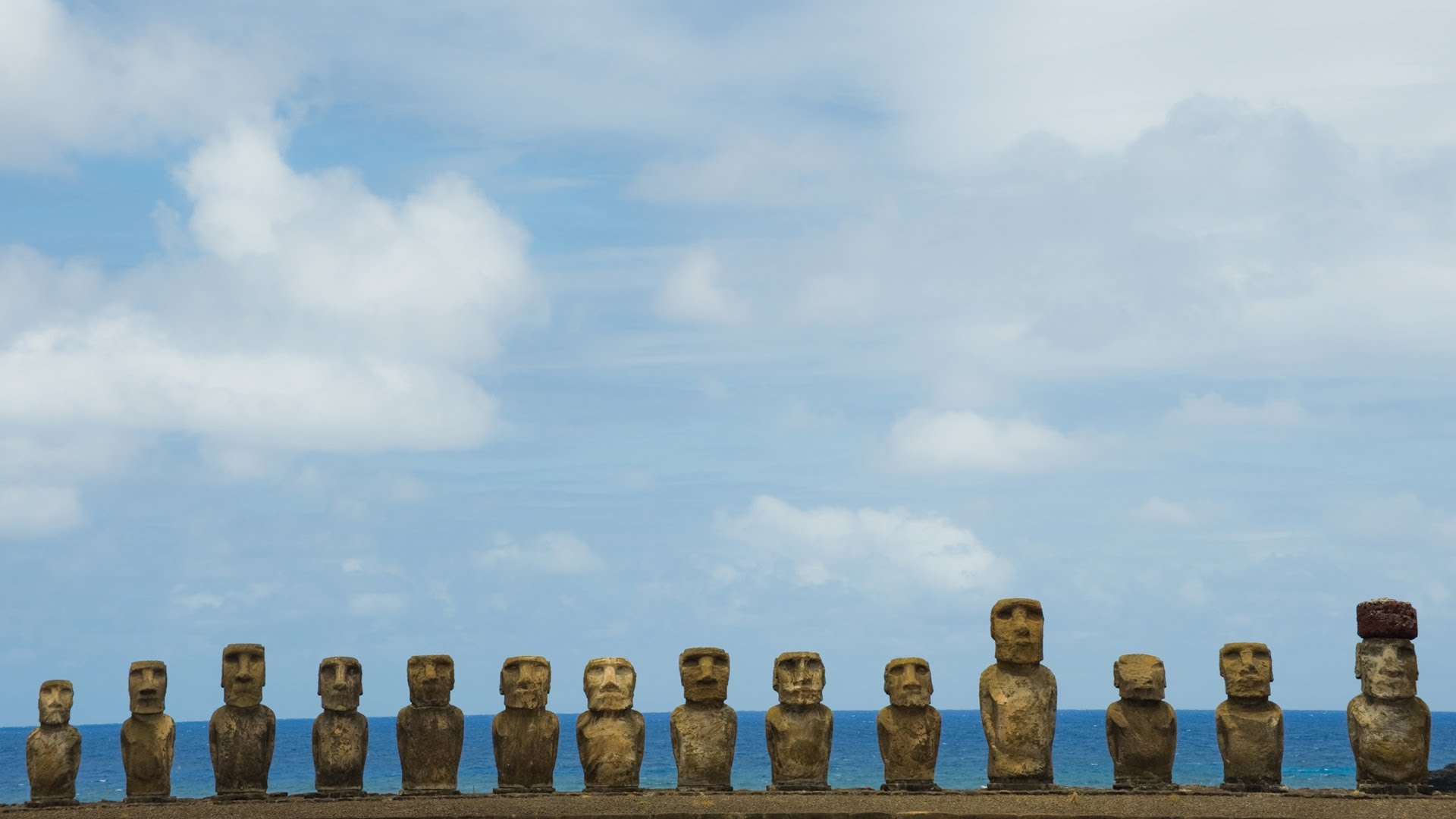Environment and Civilization, Anuta vs Easter Island
People may know Easter Island and Jared Diamond’s theory about environmental destruction, the opposite took place on the island of Anuta, an example that shows that a sustainable life with nature is possible – not just an utopian dream.
A BBC documentary from 2009 outlined how Anuta is a contrasting example to the environmental destruction found on Easter Island, as has been famously described in Jared Diamond’s Collapse.
However, a new theory about Easter Island (Hat tip to Tom Mallard for the link), explores how Rapanui lived sustainable until 1722, when Europeans arrived with diseases, and brought collapse that way and enslaving the locals. Additional, rats brought to the island, and how they caused harm to tree seeds.
Though, none of the proposed theories is entirely conclusive, since heavy soil erosion in recent centuries, agriculture and deforestation to some extent, all must have contributed to environmental collapse at Easter Island.
On the bottom line, the Anatu island appears to be much more favorable for sustaining living, and had the luck to not be disturbed by devastating violence, perhaps because the island is small and the location isolated.
Today, we can learn from the Anatu tribe that strong communities, creating most from local supplies in balance and the simple life are things which help to sustain a society.
Related
About the Author: CLIMATE STATE
POPULAR
COMMENTS
- Robert Schreib on Electricity generation prices may increase by as much as 50% if only based on coal and gas
- Robert Schreib on China made a historic commitment to reduce its emissions of greenhouse gases
- Lee Nikki on COP30: Climate Summit 2025 – Intro Climate Action Event
- Hollie Bailey on Leaders doubled down on fossil fuels after promising to reduce climate pollution
- Malcolm R Forster on Mythbusters tests global warming theory – does CO2 warm air?


